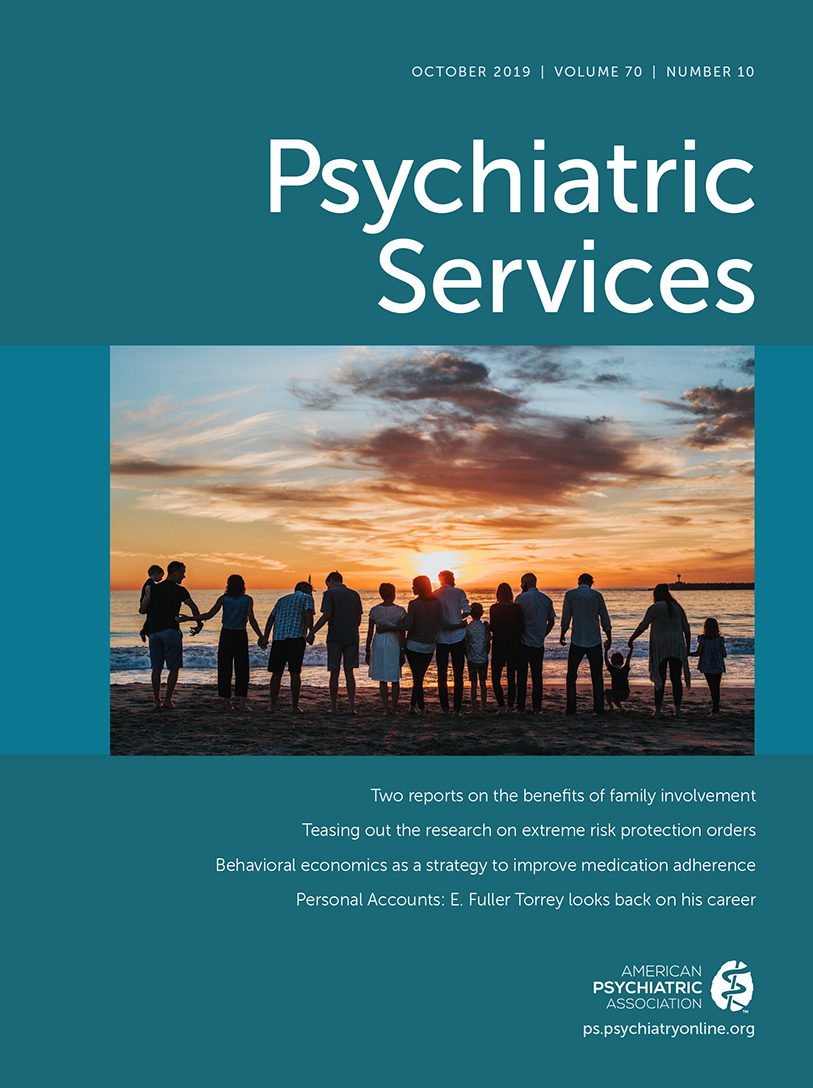Evidence for Differential Predictive Performance of the Prime Screen Between Black and White Help-Seeking Youths
Abstract
Objective:
Self-report screening instruments for emerging psychosis have the potential to improve early detection efforts by increasing the number of true positives among persons deemed to be at “clinical high risk” of the disorder, but their practical utility depends on their validity across race. This study sought to examine whether a commonly used self-report screening tool for psychosis risk performed equally among black and white youths in its ability to predict clinical high-risk status.
Methods:
Black (N=58) and white (N=50) help-seeking individuals ages 12–25 (61% female) were assessed with the Prime Screen and the Structured Interview for Psychosis-Risk Syndromes (SIPS). A logistic regression model estimated race differences in the strength of the relation between Prime Screen scores and SIPS-defined risk status.
Results:
Higher Prime Screen scores significantly predicted clinical high-risk status among white (p<.01) but not black participants. Among black youths without clinical high risk, self-reported Prime Screen scores more closely resembled scores for youths (black or white) with clinical high risk than scores of white peers who were also without clinical high risk.
Conclusions:
Results suggest that consideration of race or ethnicity and associated cultural factors is important when screening for clinical high-risk status. Findings support the need to develop culturally valid early psychosis screening tools to promote appropriately tailored early intervention efforts.




